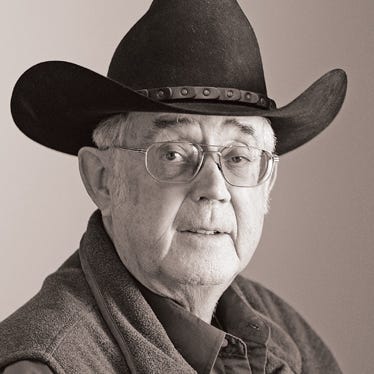
Our current beef price whirlwind is not only impacting feeder cattle and slaughter cattle prices, it is also dramatically impacting the cost to develop replacement heifers. Heifers born in the spring of 2014 and developed and bred in 2015 are probably going to hold the record for all-time high costs for years to come. Bred heifers born in the spring of 2015 and developed in 2016 are projected to cost considerably less. How much less? That is the subject of this Market Adviser.
I use a six-step process to project the full economic cost of developing a preg-checked heifer. The six steps are:
• Period 1 — conception to weaning
• Period 2 — weaning to breeding
• Period 3 — breeding to pregnancy check in the fall
• Total the costs of all three periods
• Adjust for heifer conception rate
• Adjust for cull heifer credit
We’ll use these six steps to project the cost of developing replacement heifers on my demonstration herd in eastern Wyoming and western Nebraska. This is a 250-head beef cow herd, where the management goal is to raise a sufficient number of replacement heifers to maintain 250 cows each year.
Figure 1 presents the input numbers that we use to generate a preg-checked heifer to be transferred into the main beef cow herd in October 2016. The raised replacement heifer was weaned in late October 2015. She entered into a drylot grower program based on a target breeding weight. She will then be transferred to grass in the spring, when she will be bred and stay until preg-check time in early October.
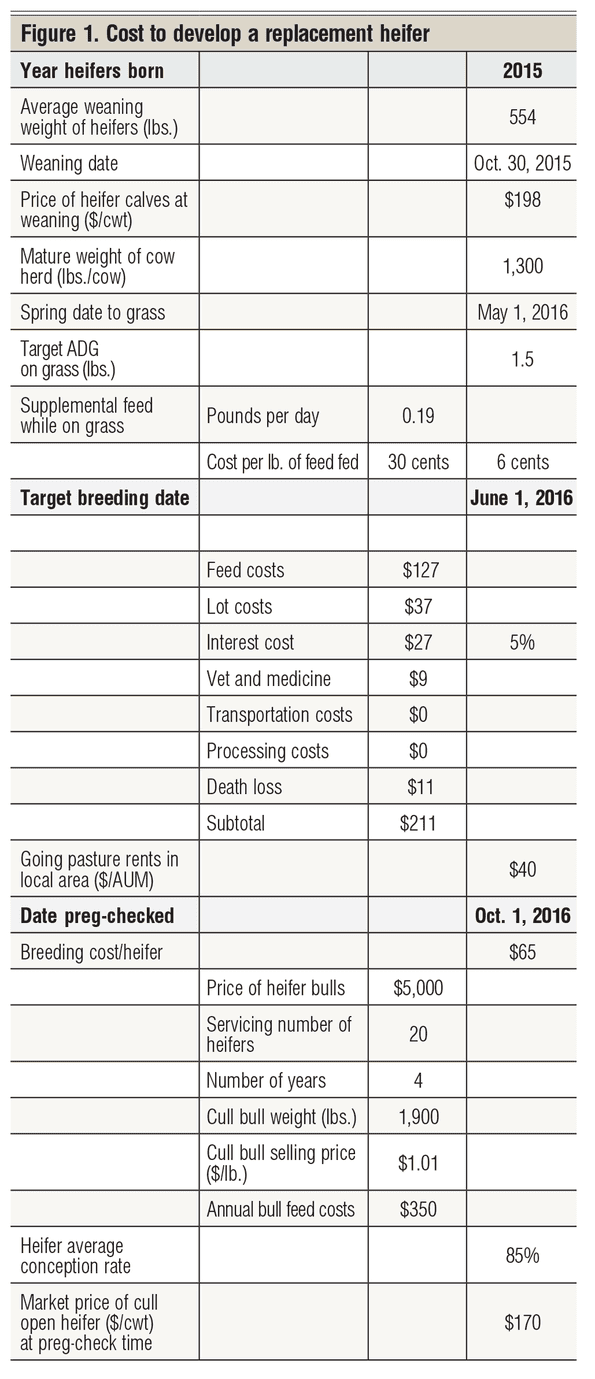
Since we are after a preg-checked heifer, accumulated costs are adjusted for heifers that are sold as opens, and the income from the cull open heifers is adjusted back to the production costs. The accumulated replacement costs of the remaining preg-checked heifers are transferred into the foundation cow herd. Once transferred into the cow herd, they become part of the foundation herd and are part of the cow herd’s production costs. The costs from preg-check to first calf are considered part of the foundation herd’s costs of production.
Period 1 — conception to weaning: The costs associated with this period are based on the market value of the heifer calf at weaning in October 2015. In this case, a 554-pound heifer calf, held back for breeding, was valued at a slight premium of $198 per cwt, giving a total market value of $1,097 at weaning.
Since this heifer could have been sold at weaning in 2015, this market value has to be part of the opportunity costs in raising replacement heifers. Quite often, this opportunity cost is left out in heifer cost discussions; nevertheless, it is a real economic cost of raised replacement heifers.
Period 2a — wintering to pasture turnout: Figure 2 presents the production parameters used to project the wintering costs. A target weight going to grass of 798 pounds was calculated for a projected winter average daily gain (ADG) of 1.3 pounds per day. A ration utilizing ranch-raised feeds was formulated around that target ADG. Ranch-raised feeds are valued at market value, not costs of production.
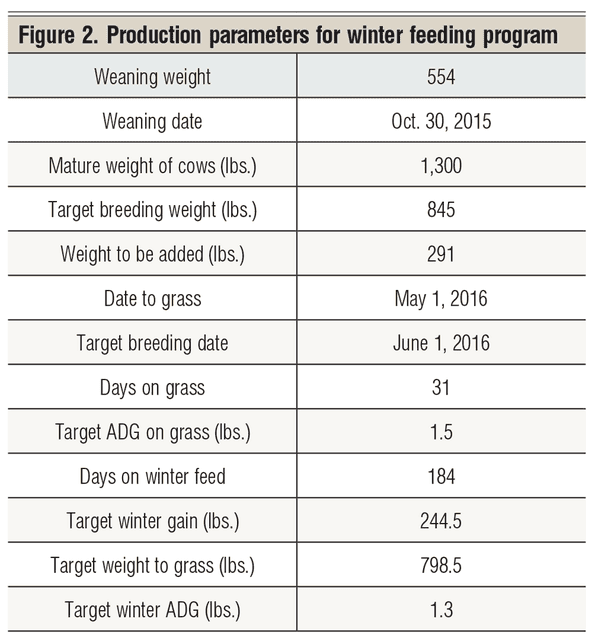
Figure 3 summarized the cost of the winter growing period. Feed costs, based on projected eastern Wyoming and western Nebraska feed prices, were a little over half of the projected total wintering costs of $211. The breakeven cost to grass is projected at $164 per cwt. The projected price for 2016 grass time is $150 per cwt.
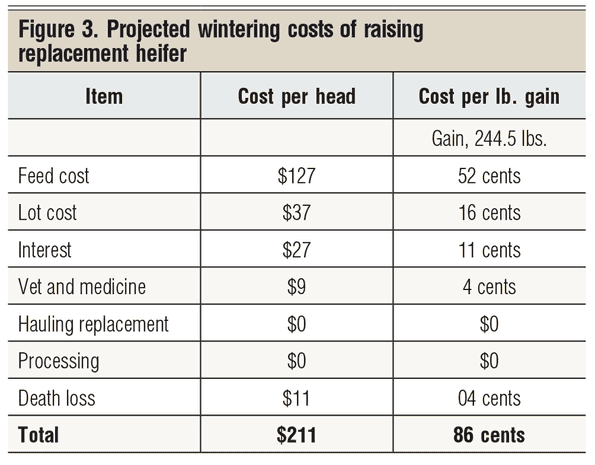
Period 2b — wintering to breeding costs. Since grass turnout date is before breeding, a short period on grass time is added into the winter grower costs to cover weaning to breeding. The cost of grass is projected on a $32 per animal unit month (AUM), where a growing heifer is considered 0.9 of an AUM. Daily supplement cost was added, giving a total wintering-to-breeding cost of $247.
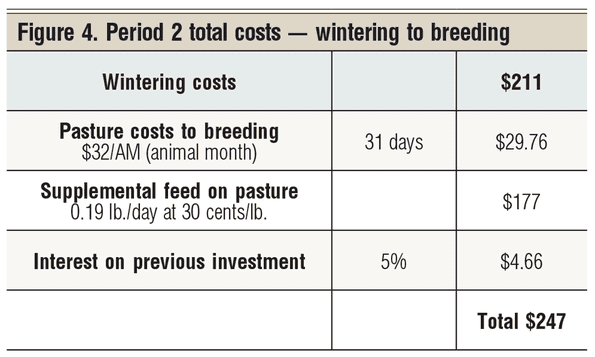
Period 3 — breeding to preg-check: This period’s projected costs are presented in Figure 5. With breeding time around June 1 and preg-check time scheduled for Oct. 1, that gives 4.1 months of pasture grazing.
Breeding costs are based on a $5,000 bull utilized on 20 females per year over four years. The calculated annual breeding cost is projected at $65 per exposed heifer. Total cost for Period 3, breeding to preg-check, is projected at $211 per heifer in the heifer development program.

Total cost summary: The costs of all three periods are added for a total of $1,555 as the projected costs of developing a group of 2016 preg-checked heifers (Figure 6). While a small-cost item, note that each time period had an interest cost on the previous period’s production costs added in.
Typically, not all heifers exposed end up pregnant. In this case, 85% are assumed checked as pregnant. This can vary from ranch to ranch. If the calculated $1,555 average group cost of all heifers is divided by the percent checked pregnant (0.85), the average cost of a pregnant heifer is $1,830. But the value of the cull open heifers sold on the market must be taken into account. Based on a projected $170 cull heifer price, the adjusted cost of the remaining preg-checked heifers is $1,579 per head.
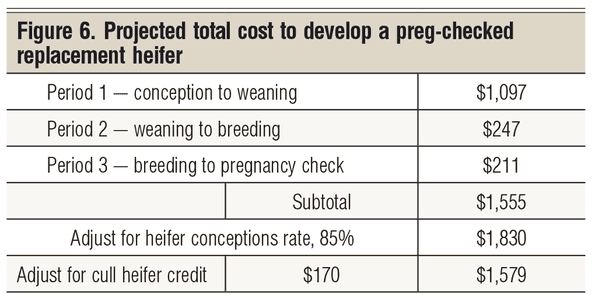
This total $1,579 cost to develop a replacement heifer can be broken down into a $1,097 market value of the weaned heifer calf held for development and $482 in development costs.
How does this projected cost of $1,579 for 2016 preg-checked heifers compare with the cost of 2015 preg-checked heifers? The cost of preg-checked heifers that went into this study herd in October 2015 was calculated at $2,216 per head. Yes, the cost of maintaining a static breeding herd is projected down substantially for 2016 going into 2017. This record-high 2015 heifer development cost likely won’t be duplicated for the rest of this cattle cycle.
Harlan Hughes is a North Dakota State University professor emeritus. He lives in Kuna, Idaho. Reach him at 701-238-9607 or [email protected].
You might also like:
Enjoy a laugh! Holmes and Fletcher Classic Cartoons
13 things to consider to holistically manage your cowherd
So you want to be a sustainable rancher? 7 steps to make it happen
About the Author(s)
You May Also Like

